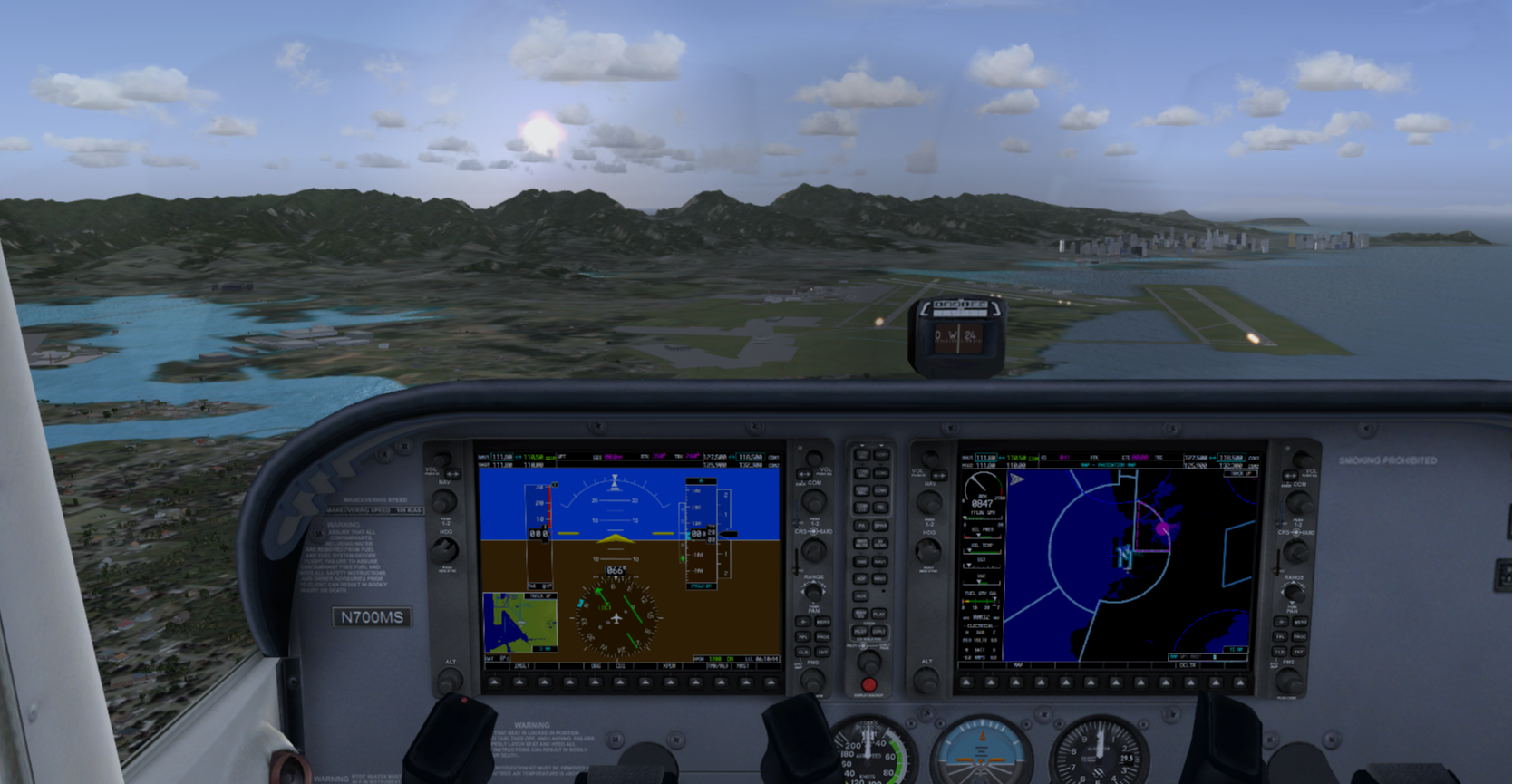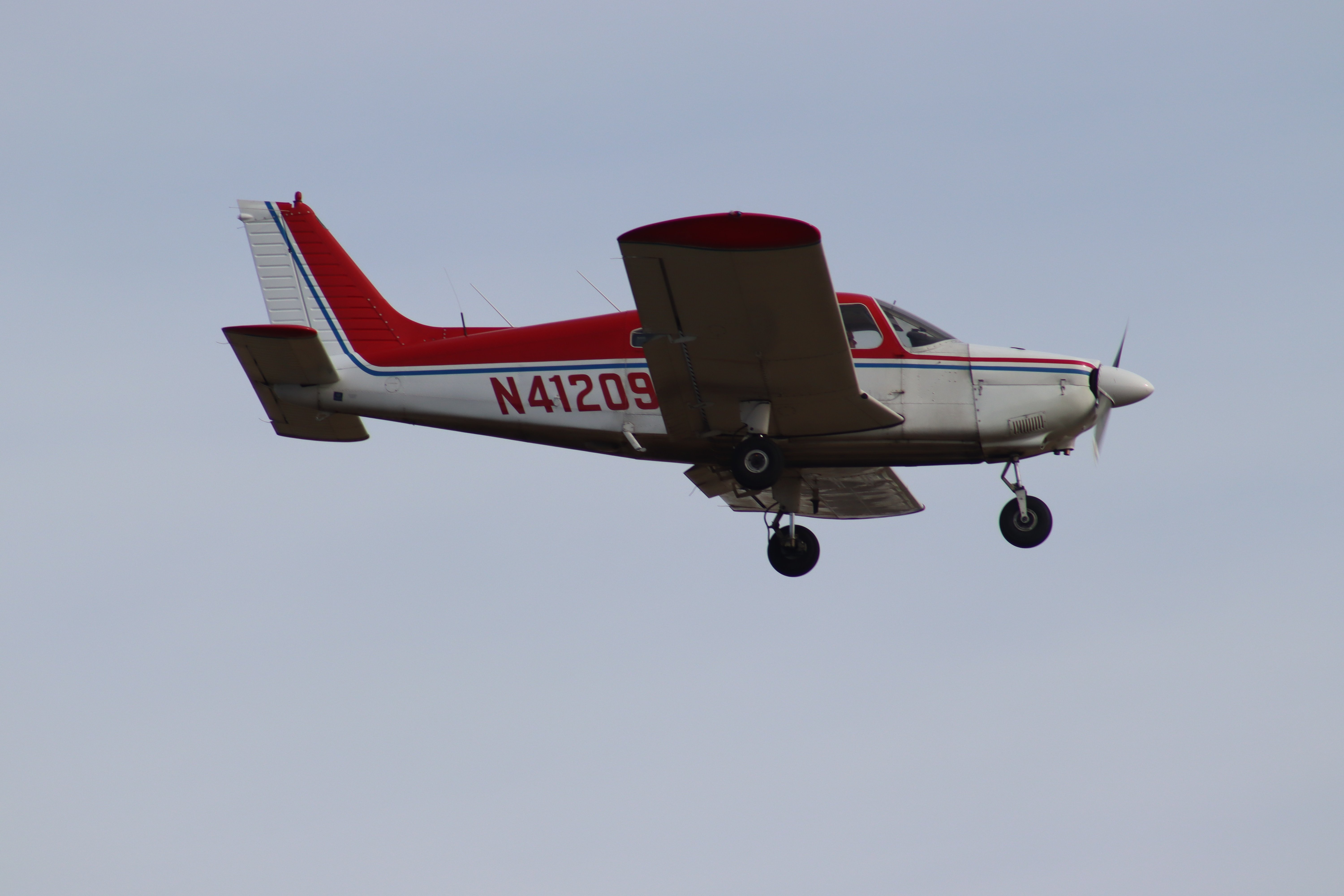One morning, I woke up excited to fly a cross-country flight I had been planning for a while. I would depart from Daytona Beach, Florida, and fly to Atlanta, Georgia, in a Cessna 172. Once I landed, I had plans to spend the day with my friends in Atlanta.
The aircraft had been fueled and prepped the day before. I did the flight planning, and all that remained was to fly.
The Scenario
On the morning of my flight, I got to the airport and checked the weather. With Florida's unpredictable weather, thunderstorms would be in the vicinity once I was airborne and along the initial portion of my flight.
How was this possible? I arrived at the airport early to avoid the key ingredients of a thunderstorm: moisture, unstable air, and lift.
Still, being instrument flight rules (IFR) current, I felt confident I could ask for vectors around the weather and be well on my way to Atlanta. I had planned the day, and my friends were waiting for me.
Once airborne, I noticed the weather building up, so I confidently contacted Air Traffic Control (ATC) for vectors. Before I knew it, I was flying parallel to the coastline over the ocean, and the storms were getting stronger. I quickly realized the "get-there-it-is" was getting the best of me.
What do you do when you find yourself in a thunderstorm?
I reverted to basic flying principles for in-flight emergencies: aviate, navigate, and communicate (ANC).
As the pilot in command (PIC), the top priority is to aviate: Fly the aircraft first.
Scanning your instruments and noting the airplane's attitude, airspeed, and altitude is imperative. Additionally, you should turn on your pitot tube or anti/de-icing equipment and review your checklist.
In this scenario, I took a deep breath and aviated by maintaining positive control of the aircraft and scanning my flight instruments.
The next priority is to navigate: Determine your location and whether to continue the flight as planned or divert.
In my case, after I witnessed a flash of lightning while flying over the ocean in IFR conditions, I knew it was time for me to divert to a nearby airport and wait for the weather to pass.
I navigated by zooming into my Garmin G1000 to verify my location. I did a few quick calculations and decided to divert to the closest airport, Jacksonville Executive Airport (KCRG), 10 miles northwest.
Communicating is the third priority: Ensure you talk to ATC or the surrounding traffic about your intentions.
This model is simple but easy to forget when you get busy or overwhelmed in the airplane.
While scanning my instruments, I communicated my intentions with ATC, which vectored me to Jacksonville Executive.
I landed safely and took a moment to reflect on the flight. How did I get here? How did I allow myself to get into this situation?
Takeaways
Flying in Florida for several years, I understood the dangers of flying into a thunderstorm. I took this as an opportunity to learn from the situation and do better as a pilot.
Practicing a cross-country on a Redbird LD
A good practice for cross-country flying is to prepare, plan, and practice, no matter how confident or comfortable you are in the airplane.
Before each cross country, I prepare by reviewing the performance charts and numbers of the aircraft, studying the emergency checklists, and reviewing all weather charts about the flight.
For planning, I locate alternate airports along my route. I create at least three scenarios and fly them in a flight simulator to ensure I am familiar with the airspace.
Finally, before going on a cross-country flight, I take every opportunity to practice emergency procedures in a flight simulator or my local practice area and airports.
These steps have made me a better pilot, and I have not found myself flying near a thunderstorm again.
Share this
You May Also Like
These Related Articles

5 Tips to Stay Proficient on a Home Flight Simulator

3 IFR Holds To Perfect in a Flight Simulator

.gif?width=1010&height=568&name=AdobeStock_716563101%20(1).gif)
-1.jpeg?width=1600&height=1005&name=DSC00067%20(1)-1.jpeg)